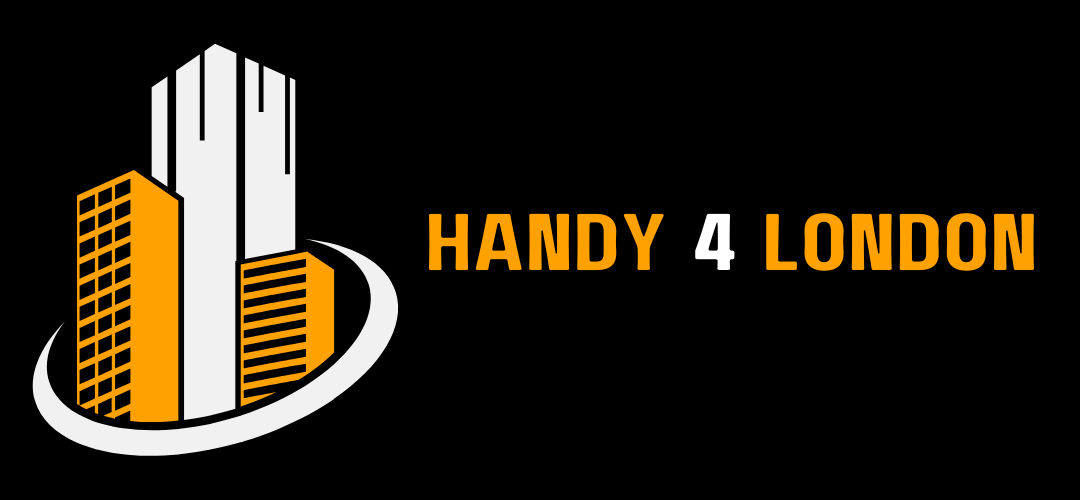Your First DIY Tool Kit: Essentials You Actually Need
Start Smart: Focus on Essentials
Starting your DIY journey can feel overwhelming when choosing tools, especially with so many options on the market. But building a practical, versatile toolkit doesn’t mean buying everything at once. Focusing on essentials will save you money and space, while equipping you to handle most common home repairs and projects confidently.
The Must-Have Basics: Hammer and Screwdrivers
First and foremost, a reliable hammer is a must-have. Opt for a claw hammer with a comfortable grip — it’s perfect for driving nails, pulling them out, and general knocking tasks. Next, invest in a good set of screwdrivers. Having both flathead and Phillips head screwdrivers in various sizes will cover the majority of screws you’ll encounter around the house. Magnetic tips are a plus for keeping screws secure while working.
Measuring and Leveling Tools: Accuracy Matters
A measuring tape is another fundamental tool that will help you achieve accuracy in any project, from hanging pictures to cutting materials. Look for a tape that locks in place and has clear, easy-to-read markings. Complement this with a spirit level to ensure your work is perfectly straight, which makes a big difference in the finished look and functionality.
Cutting and Gripping: Utility Knife and Pliers
Additionally, a utility knife is incredibly useful for cutting drywall, opening boxes, trimming materials, or scoring surfaces. Choose one with replaceable blades to maintain sharpness and safety. A small but sturdy set of pliers will help you grip, twist, and manipulate wires or small objects, while an adjustable wrench can handle nuts and bolts of various sizes.
Quality Matters: Choosing Between Cheap, Medium, and Expensive Tools
When selecting your tools, it’s important to balance cost and quality. Cheap tools might seem budget-friendly but often lack durability and can break easily, which ends up costing more in replacements and frustration. Medium-quality tools are usually the sweet spot for beginners — they offer good performance and durability without a hefty price tag. Investing in a few expensive, professional-grade tools makes sense only if you plan to use them frequently or for specialized tasks. For your first kit, aim for solid, mid-range tools that will last and make your projects easier.
Safety First: Gloves and Glasses
Finally, don’t forget basic safety gear. A pair of work gloves protects your hands from splinters, cuts, and chemicals, while safety glasses shield your eyes from dust and debris. These might seem like simple additions, but they are crucial for keeping your DIY experience safe and comfortable.
Build Your Confidence with These Essentials
With these essentials in your toolkit, you’ll be well-equipped to tackle a wide range of projects without unnecessary clutter or expense. As you gain experience, you can expand your collection to specialized tools, but starting with these basics ensures you’re ready for almost anything around the home.


